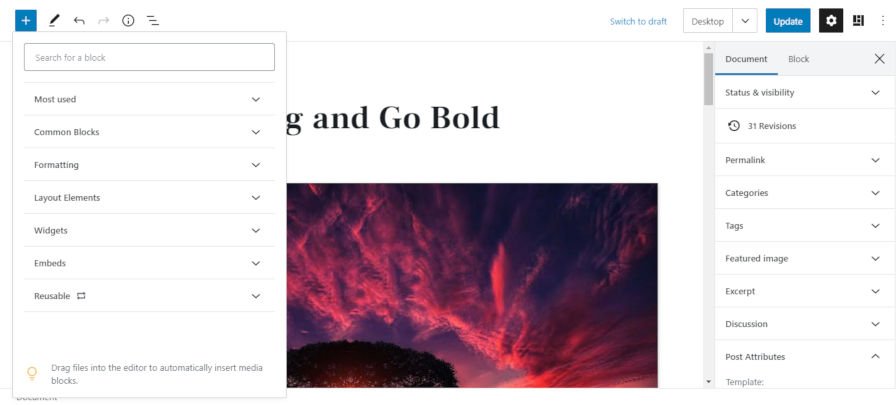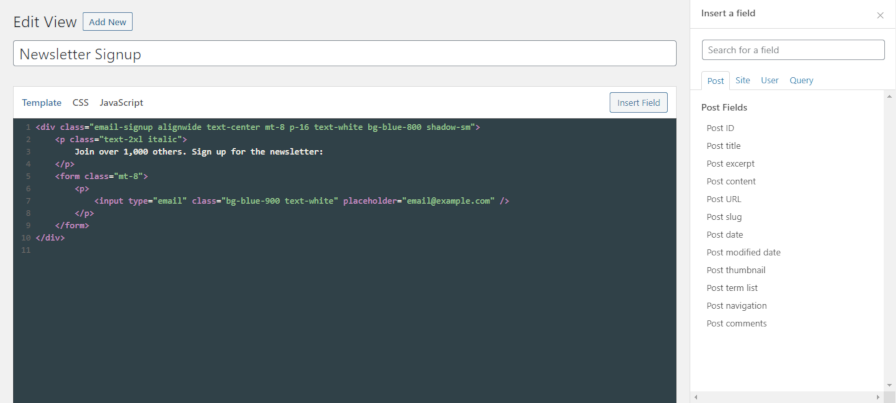Peter Adams, the owner of the PhotoPress plugin, announced a couple of weeks ago that now is the time for his project to take center stage. “It’s Time for PhotoPress,” read the title of his post in which he laid out a four-phase plan for the future of his project.
Adams is no stranger to manipulating WordPress to suit the needs of photographers. He described photography as his first love and second career. He initially found the art of taking photos in high school and set off to college to become a professional photographer in the early ’90s.
As his university graduation loomed, he was recruited to run web development for an internet ad agency that built websites for Netscape, Bill Clinton’s White House, and dozens of Fortune 500 companies. He spent the next 15 years starting or running tech companies before returning to his roots as a photographer.
Today, he photographs for various magazines and companies. And, that’s where his PhotoPress project comes in.
“As far as WordPress has come, it is at risk of losing an entire generation of photographers to photo website services such as Photoshelter, SmugMug, Squarespace, and PhotoFolio,” he said. Adams wants to change that, making WordPress the go-to platform for photographers around the world.
The Jetpack of Photography Plugins
If you dig into the history of the PhotoPress plugin on WordPress.org, it seems to have a 15-year history. However, this is not the same plugin that was published a decade and a half ago by a different developer. The original plugin is now defunct, and Adams took over when the name was freed up on the directory.
Adams wrote in his announcement post that WordPress has done a great job of delivering several media features over the years. “Yet despite that, there are still many rough edges and missing features that keep WordPress from being the first choice for a photographer that needs to publish a beautiful portfolio of their work, put their image catalog/archive online, or showcase a photo editorial/project.”
He outlined a list of 10 specific problem areas that he wants to address in a “Jetpack-like” plugin for photographers. This is the bread and butter of the first of the planned four phases, which he said is about 80% finished. He had originally planned to develop PhotoPress as a series of separate plugins, each addressing a specific problem. Now, it is a single plugin with modules than can be enabled or disabled.
When asked why the “right time” is now, Adams explained it is because the Gutenberg (block editor) project is a giant leap forward in usability in terms of creating photography blogs.

“Photogs are a rare breed of non-technical users with high design sense,” he said. “Things that I used to have to teach photographers to do using shortcode syntax and custom CSS can now be simple controls with live feedback inside a Gutenberg block. It’s really a game-changer for getting people comfortable with customizing things like gallery styling — which is the number one thing photographers need to do.”
The primary piece of the PhotoPress plugin is its custom PhotoPress Gallery block. It allows users to choose between a range of gallery styles, such as columns, masonry, justified, and mosaic. Each style has its own options. Images can also be launched into a slideshow when one is clicked.
Based on some quick tests, the block’s front-end output will go farther with some themes than others. This is mainly because of conflicting CSS and issues which can be solved by testing against more themes.
Aside from the block, the plugin can automatically extract image metadata and group that data through custom taxonomies, such as cameras, lenses, locations, keywords, and more. WordPress stores this information out of the box, but it is hidden away as post meta. The plugin uses the taxonomy system to make it manageable for end-users.
Ultimately, Adams set out to create a photography plugin that fits in with the WordPress admin user interface and experience, which he has accomplished.
The Future of PhotoPress
The project is still a work in progress. Adams is still moving through Phase I of the four-phase plan. Once it is complete, he can move on to the next steps in the process.
Phase II is to create themes that are designed specifically to work with the PhotoPress plugin. He has three planned thus far. One for handling portfolio sites. Another for creating a stock photo archive. And the last for photojournalism and exhibits. Each will be built on top of his photography theme framework.
The themes in Phase II will likely be commercial products. Adams said he needs a way to fund the next phases of the project. He hopes to have this step underway by the end of the year.
For 2021, he wants to begin tackling Phases III and IV. The former will be a website-as-a-service (WaaS) similar to WordPress.com but for photographers. It will begin as a paid project but could have some free options for emerging photographers and students. The final phase is to build an onboarding system.

